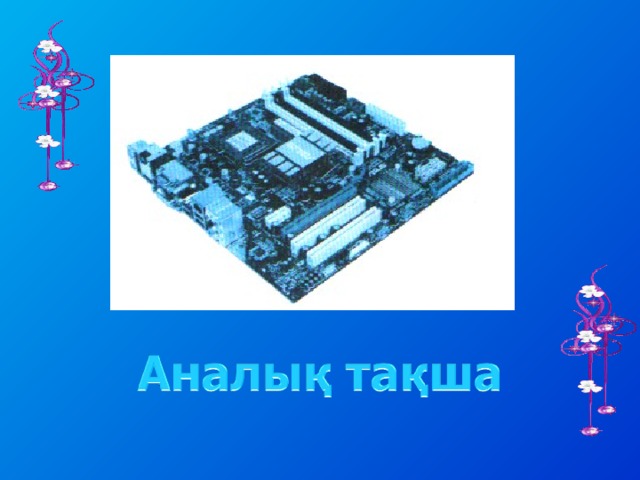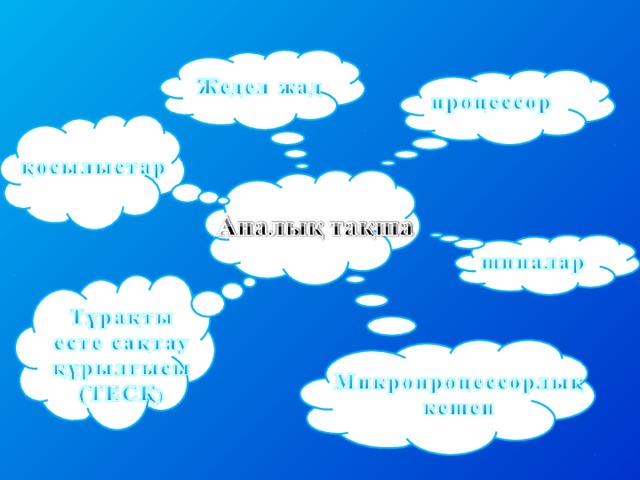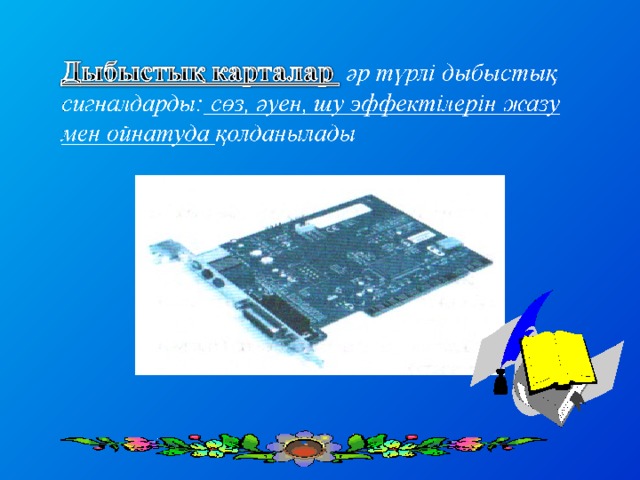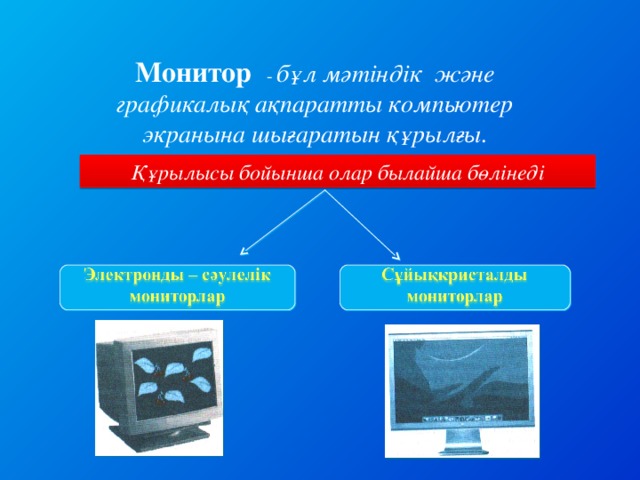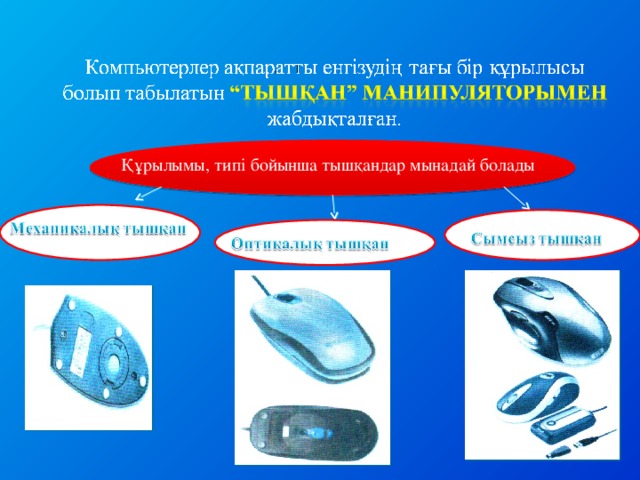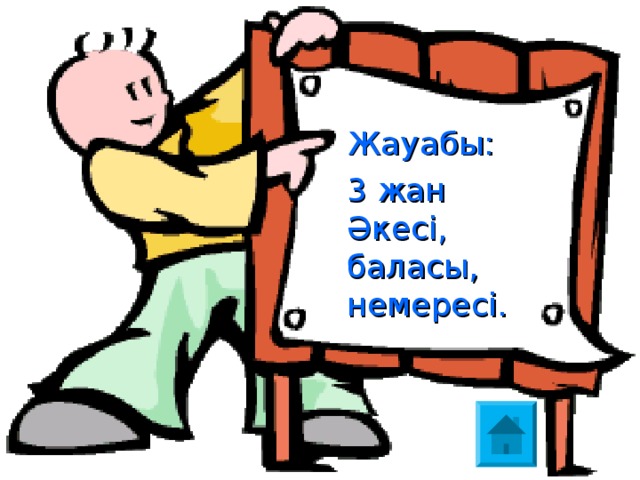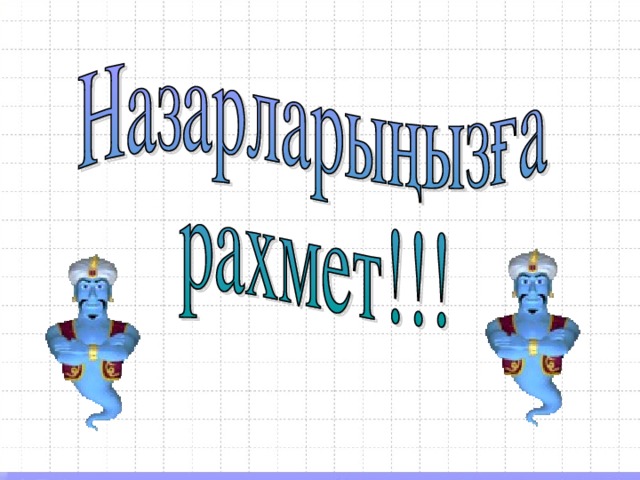•XVII ?асырды? басында шотландиялы? математик Джон Непер логарифм т?сінігін енгізді ж?не логарифм кестесін жариялады. Ал 1761 жылы а?ылшын Д.Робертсон ж?гіртпесі бар навигациялы? есептеулер ж?ргізуге арнал?ан логарифм сыз?ышын жасады. М?ндай ??рал жасау идеясын 1660 жылдары Исаак Ньютон ?сын?ан болатын. Со??ы кезге дейін логарифм сыз?ыштары инженерлерді? бірден-бір есептеуіш ??ралы болып келді, біра? ?ткен ?асырды? екінші жартысында пайда бол?ан электронды калькуляторлар оларды ?олданудан ы?ыстырды.
Создайте Ваш сайт учителя Видеоуроки Олимпиады Вебинары для учителей
Компьютер ??рыл?ыларыны? міндеттері мен м?мкіндіктері
Вы уже знаете о суперспособностях современного учителя?
Тратить минимум сил на подготовку и проведение уроков.
Быстро и объективно проверять знания учащихся.
Сделать изучение нового материала максимально понятным.
Избавить себя от подбора заданий и их проверки после уроков.
Наладить дисциплину на своих уроках.
Получить возможность работать творчески.
Просмотр содержимого документа
«Компьютер ??рыл?ыларыны? міндеттері мен м?мкіндіктері »
Полезное для учителя
Распродажа видеоуроков!
1600 руб.
2280 руб.
1770 руб.
2530 руб.
2010 руб.
2870 руб.
2200 руб.
3140 руб.
ПОЛУЧИТЕ СВИДЕТЕЛЬСТВО МГНОВЕННО
* Свидетельство о публикации выдается БЕСПЛАТНО, СРАЗУ же после добавления Вами Вашей работы на сайт
Удобный поиск материалов для учителей
Проверка свидетельства





